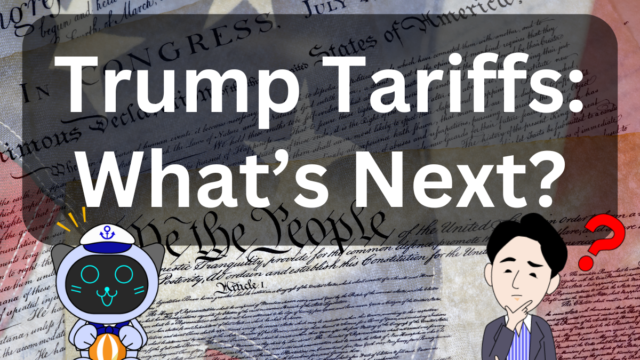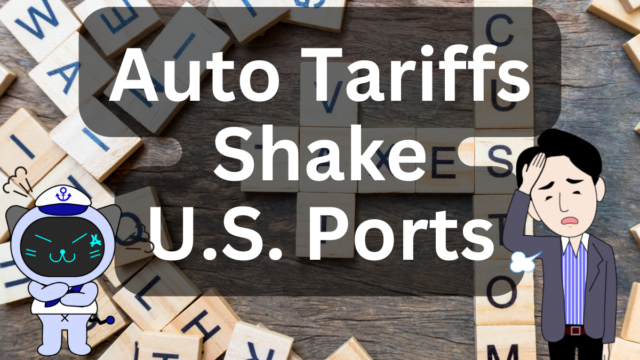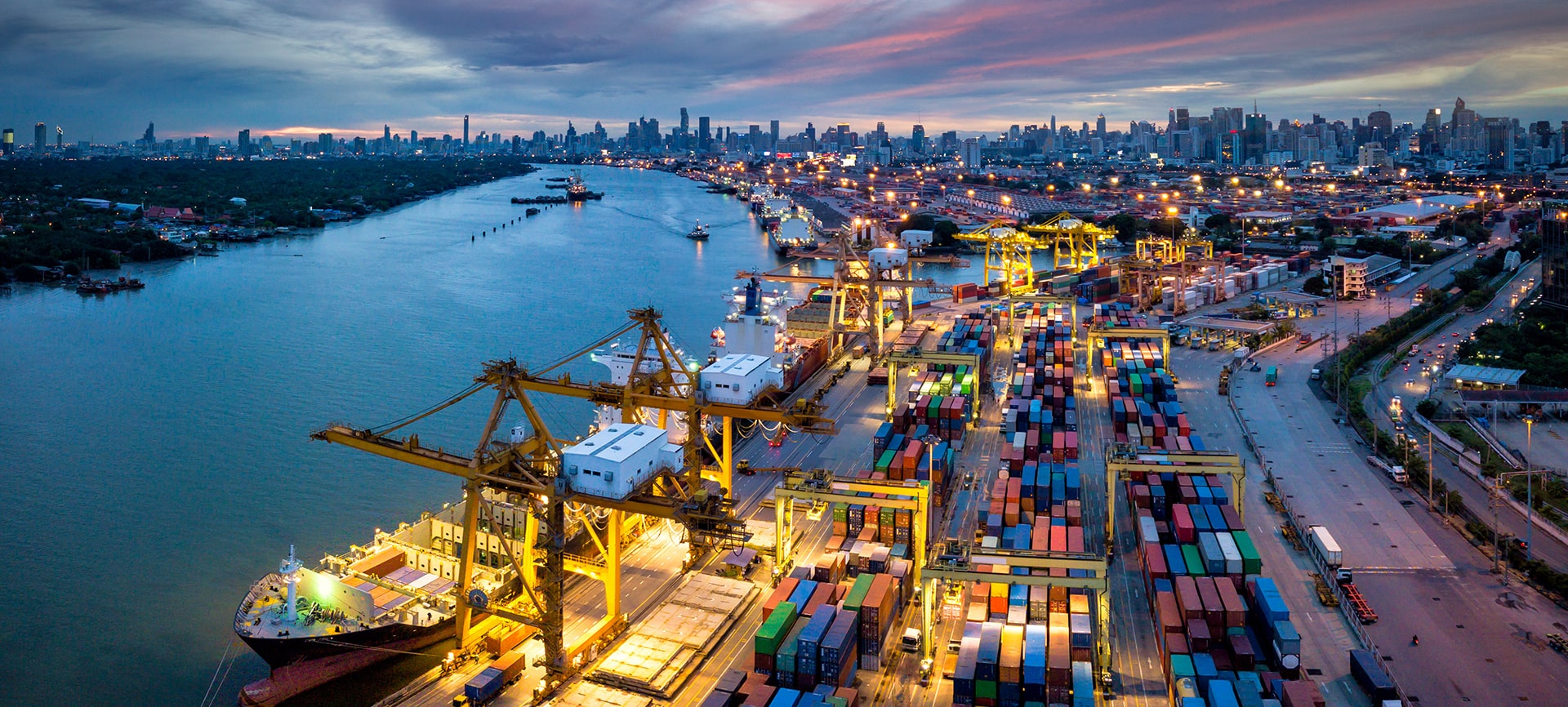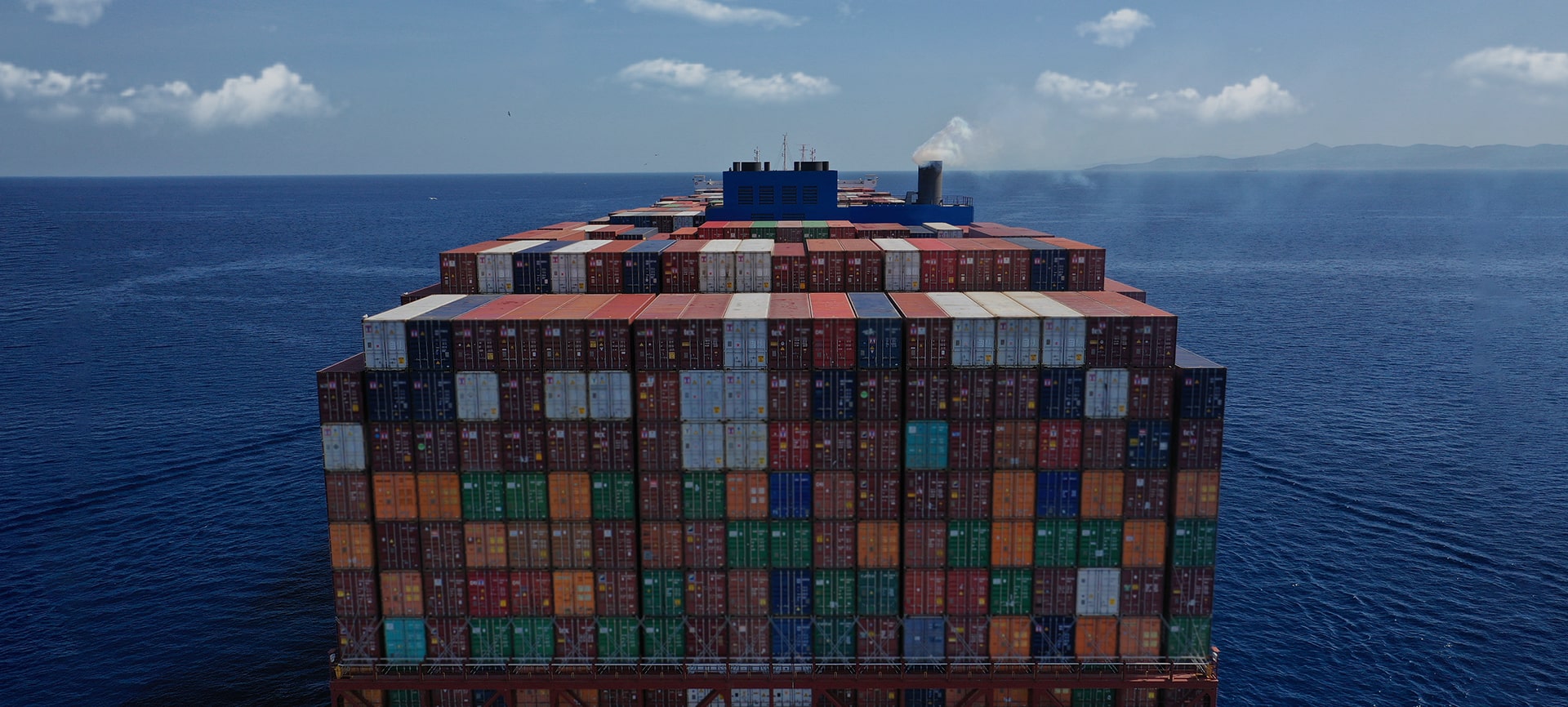Posted on: April 21, 2025 / Last updated: April 21, 2025
[Breaking] U.S. to Introduce Port Entry Fees on Chinese Ships|What’s the Impact on Ocean Freight and Supply Chains?
![[Breaking] U.S. to Introduce Port Entry Fees on Chinese Ships|What’s the Impact on Ocean Freight and Supply Chains? | IINO san's Logistics News](/wp-content/uploads/2025/04/20250421en.png)
This article explains the new U.S. port entry fee targeting Chinese ships and its expected effects on freight rates and global logistics.
CONTENTS
■ U.S. to Impose Port Entry Fees on Chinese Ships|180-Day Grace Period
The U.S. Trade Representative (USTR) has officially announced a new port entry fee targeting Chinese vessels.
There will be a 180-day grace period before enforcement begins.
This schedule is seen as a move to avoid China’s National Day and North America’s shipping peak season, aiming for implementation by year-end.
■ Fee Details|Targeting Chinese-Flagged & China-Built Ships
There are two main categories of vessels subject to the fee: ① Chinese-flagged ships: ・$50 per net tonnage, increasing over three years
② Ships built in China: (regardless of flag)
・$18 per ton or $120 per container, whichever is greater
This means even non-Chinese shipping lines owning China-built ships will be affected.
■ Car Carriers Also Affected|Charged by CEU
Auto transport vessels will be charged using CEU (Car Equivalent Unit): ・$150 per CEU ・1 passenger car = 1 CEU; large vehicles and machinery count as multiple CEUs
■ Phase Two: LNG Ships & U.S.-Built Requirement
Phase two will introduce restrictions on LNG carriers. The U.S. plans to require LNG vessels to be U.S.-built over the next three years.
This reflects the Trump administration’s agenda to revive U.S. shipbuilding and bring manufacturing back home.
■ Ocean Freight Impact|Trans-Pacific Rates to Rise
The Trans-Pacific trade lane will likely see freight rate increases.
Not only Chinese carriers, but also European (MSC, CMA CGM), Korean, Taiwanese, and Singaporean carriers operate China-built vessels.
As of 2024, around 60% of newly built ships globally were made in China, meaning the policy has a wide-reaching impact.
■ Supply Chain Rebuilding Likely to Accelerate
With implementation six months away, businesses may accelerate shifts in their supply chains: ・Shift exports from China to Southeast Asia (Vietnam, Thailand) ・Reduce exports to the U.S., expand to EU or other markets
These changes could reshape global logistics and sourcing strategies.
■ Summary: Six Months to a Turning Point
This U.S. action is part of a broader trade strategy against China, with strong political, economic, and logistical consequences.
・Company responses will vary during the grace period
・Freight rates are expected to keep rising
・Regional supply chains may restructure further
Stay tuned for further developments.
■ Personal Note: Achilles Injury, Still Training!
On a personal note, I’m recovering from an Achilles tendon rupture and currently resting at home in Kyoto.
Even while immobile, I’ve been training every part I still can — soon, I’ll be jacked everywhere except my right foot! 😄
![[Breaking] U.S. to Introduce Port Entry Fees on Chinese Ships|What’s the Impact on Ocean Freight and Supply Chains? - HPS Trade Co.,Ltd](/wp-content/uploads/2024/05/logo.png)
![[Breaking] U.S. to Introduce Port Entry Fees on Chinese Ships|What’s the Impact on Ocean Freight and Supply Chains? - HPS Trade Co.,Ltd](/wp-content/uploads/2024/05/logo-wh.png)
![[Industry Trends] MSC Becomes First to Reach 900 Vessels! Focus Shifts to North-South Routes with Independent Operations | IINO san's Logistics News](/wp-content/uploads/2025/04/20250417en-640x360.png)
![[Maritime Shipping Now] Container Freight Rates Remain Flat – What Lies Ahead? Impact of US-China Tensions | IINO san's Logistics News](/wp-content/uploads/2025/04/20250415en-640x360.png)








